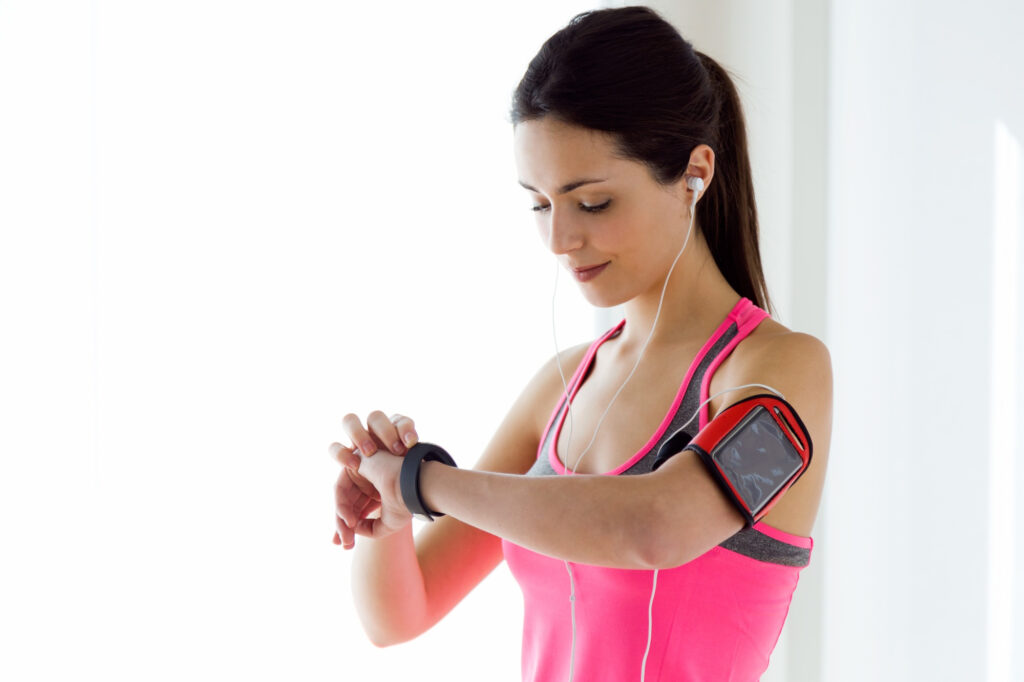
Finding your maximal heart rate and keeping track of it as you exercise are two of the most important things you can do to get the most out of your exercise and stay safe. How to Determine Your Maximum Heart Rate and Why It Is Important to Keep an Eye on Your Heart Rate While Exercising Here is how to determine your maximum heart rate.
1. Figuring Out Your Maximum Heart Rate (MHR)
The greatest number of heartbeats per minute that your heart is capable of reaching during strenuous physical activity is referred to as your maximal heart rate. Estimating your MHR can be done using one of the following typical methods:
Technique 220: To calculate your age, simply subtract 220 from your current age. This is the simplest technique. For instance, if you are 30 years old, your estimated MHR is 190 beats per minute (bpm), which is calculated by subtracting your age from 220.
Formula for Age Adjustment Used by Fox: One way that is considered to be marginally more accurate is the Fox formula, which states that MHR = 220-(0.67 x age). This would result in a maximum heart rate that is estimated to be 199 beats per minute for a person who is 30 years old and has an MHR of 220.
Maximum Effort Test:This test is the most accurate method for determining your MHR and should be performed under the supervision of a trained medical professional. The most common way to accomplish this is to ride a stationary bicycle or run on a treadmill with progressively increasing resistance until you hit your maximum heart rate.
2. Why It Is Important to Keep an Eye on Your Heart Rate While Exercising:
During physical activity, it is essential to keep a close eye on your heart for a number of reasons:

Protection: It helps you maintain an appropriate degree of exercise intensity throughout your workout. Going too far beyond your limits can increase the chance of injury or adverse health impacts, particularly for people who are just starting out or who already have preexisting medical concerns.
Workout Optimization: If you stay within the target heart rate zone (which is often between 50 and 85 percent of your MHR), you can ensure that you are exercising at the appropriate intensity to reach your fitness goals, whether those goals are to burn fat, improve your endurance, or enhance your cardiovascular fitness.
Preventing Overtraining:Monitoring your heart can assist you in preventing overtraining, which can result in burnout, poor performance, and an increased risk of injury. This can be accomplished by keeping track of your heart rate.
Tracking Progress:Monitoring Your Progress Keeping an eye on your heart rate when you exercise is a great way to keep tabs on how far you’ve come in terms of your fitness over time. If your resting heart rate is lower while you exercise at the same intensity level, this may be an indication that your cardiovascular health has improved as a result of your increased fitness.
Personalization: This feature gives you the ability to adjust your workouts to match your specific fitness level. As a result, you can maximize the effectiveness of your exercise regimen.
Motivation:Monitoring your heart rate can be an effective method of providing motivation. It provides you with feedback in real time on your effort and assists you in remaining engaged throughout your workouts.
You can manually take your pulse at your wrist or neck or utilize a fitness tracker to keep track of your heart rate while you exercise. These are all options for monitoring your heart while you exercise. You can exercise safely and successfully while still making progress toward your fitness objectives if you have an awareness of your maximal heart rate and if you keep an eye on it while you are working out.